Poems and Parabolas
March 9, 2017
Some students are drawn to the humanities, while others are drawn to math and science. Math teacher Dr. Andrea Sadler gives students the best of both worlds by combining math and poetry in her student-made “Math Poetry Sweatshop Journal.” With poetry, Sadler provides a dual learning space containing both math techniques and the most popular poetic styles.
Poetry comes to Sadler just as easily as math does, and she said she wanted to share her gift with her students.
“I have been using math poetry with my students for years,” Sadler said. “When I came to Bryant, I was so impressed with the quality of my students’ poems that I started to collect them into a small book each year as a keepsake for students.”
The math poetry has provided more opportunities for students to express themselves.
“It gives students a different way to think about math, and they find talents they did not know they had,” Sadler said. “For students who are more comfortable with writing than with math, it gives them confidence and provides a different way to express their math knowledge.”
Beginning the math journal provided a way for Sadler to connect with her students inside and outside of the classroom.
“My classes develop a great community spirit doing the poetry project,” Sadler said. “It makes Bryant unique.”
In order to get a lot of attention, Sadler and her students have to advertise the poems they work so hard to write.
“Last year I tweeted out a “Math Haiku of the Day” every day for about three months, so I wrote a lot of math poems myself,” Sadler said. “Students raced to be the first to “like” each tweet–it made more of a buzz and just made it more fun.”
Without student excitement, the math poetry publication would not be possible.
Senior Allie Studdard is a math poet who has aided in getting the publication noticed every year.
“I love the fact that I can have creative expression while talking about math, of all things,” Studdard said. “I think that being able to experience something so different like math poetry will stick with me my whole life.”
The poetry started out as a simple project, but since the first issue, it has grown into much more than that. It is about breaking comfort zones while continuing to broaden math skills.
“The poetry gives students a different way to think about math,” Sadler said. “They find talents they did not know they had. It means a lot to be able to help students find those hidden talents.”


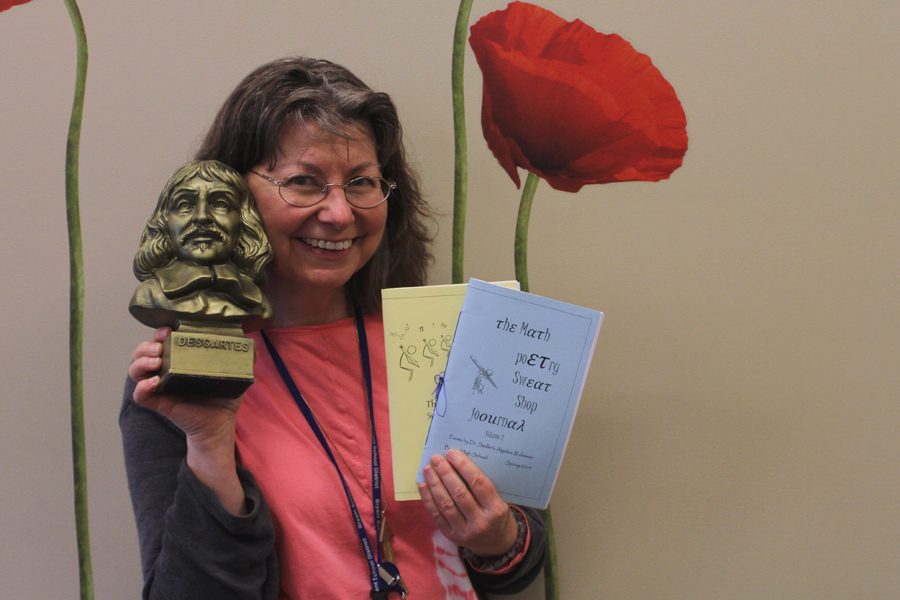
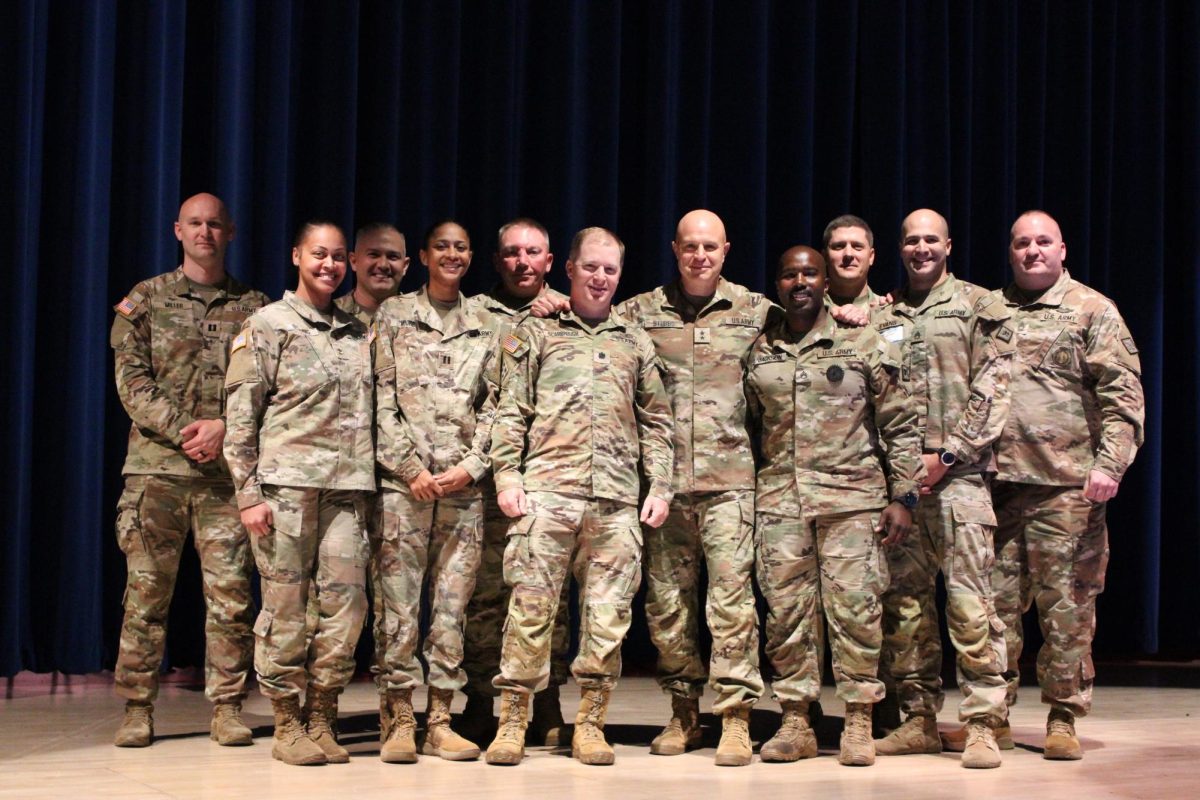
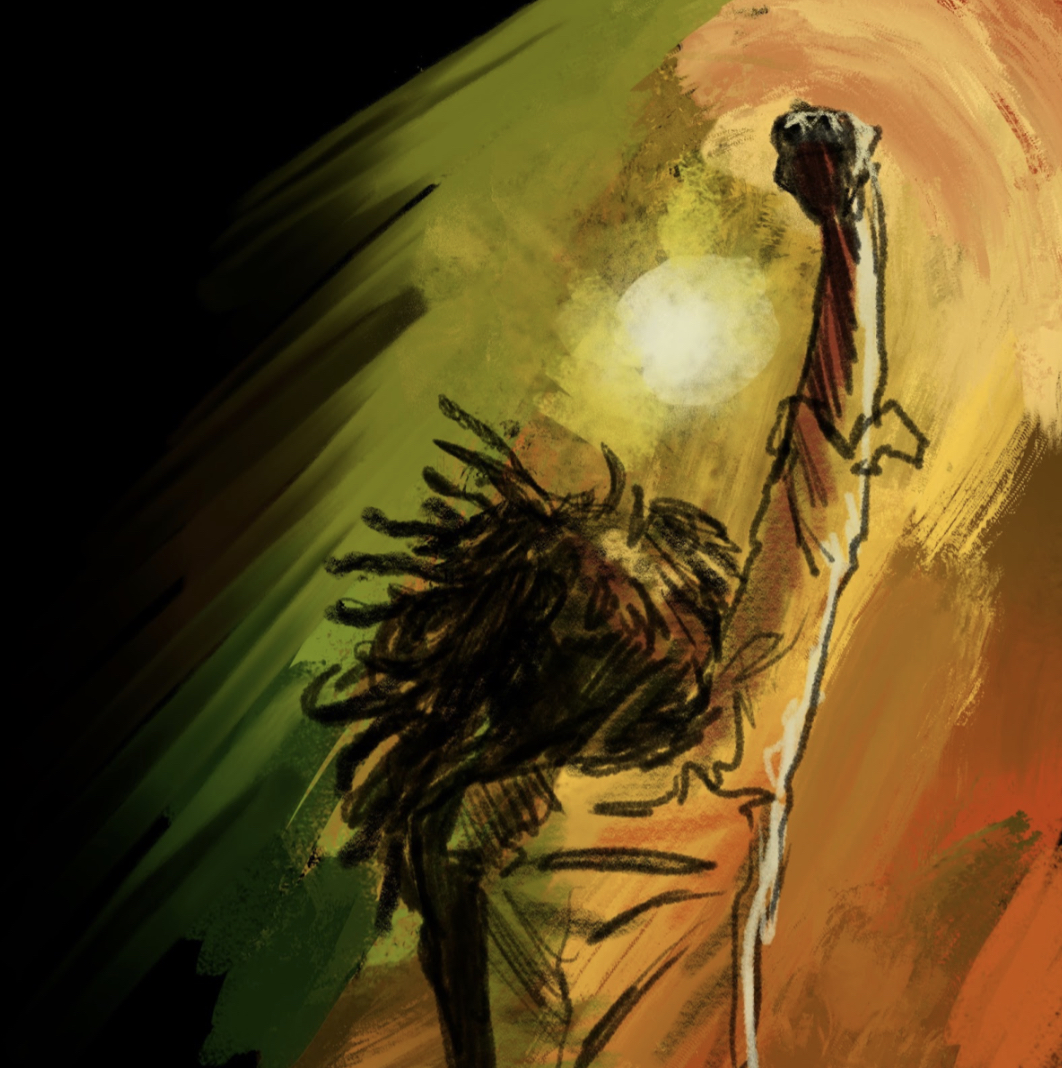
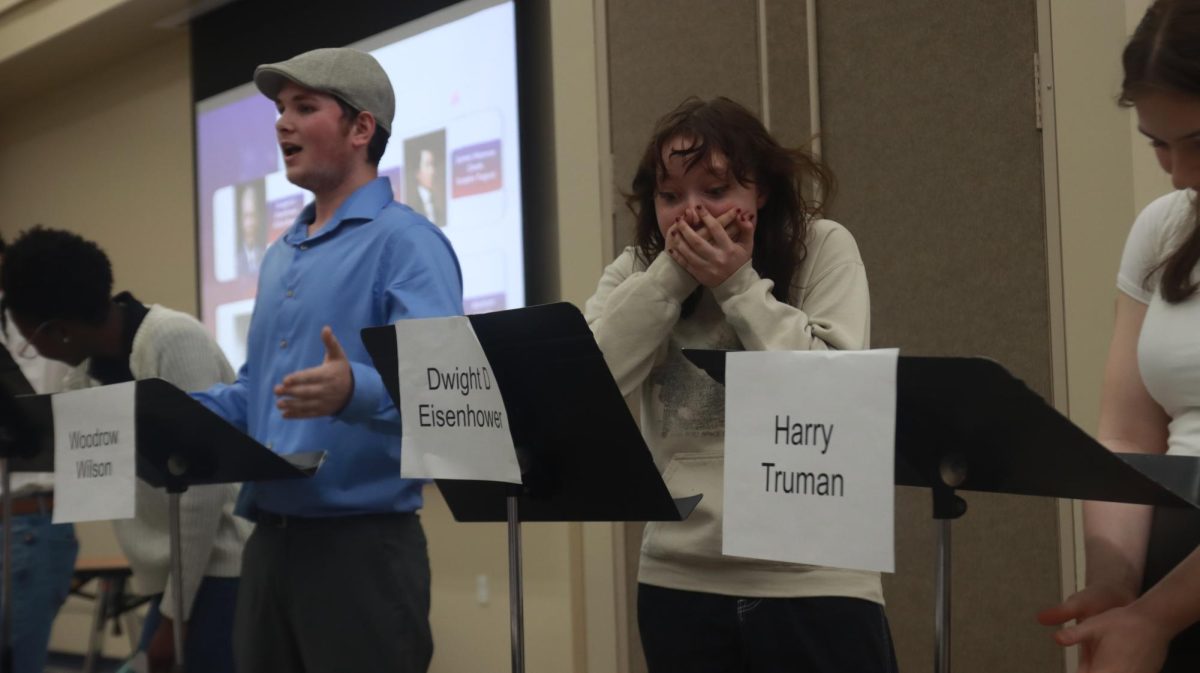
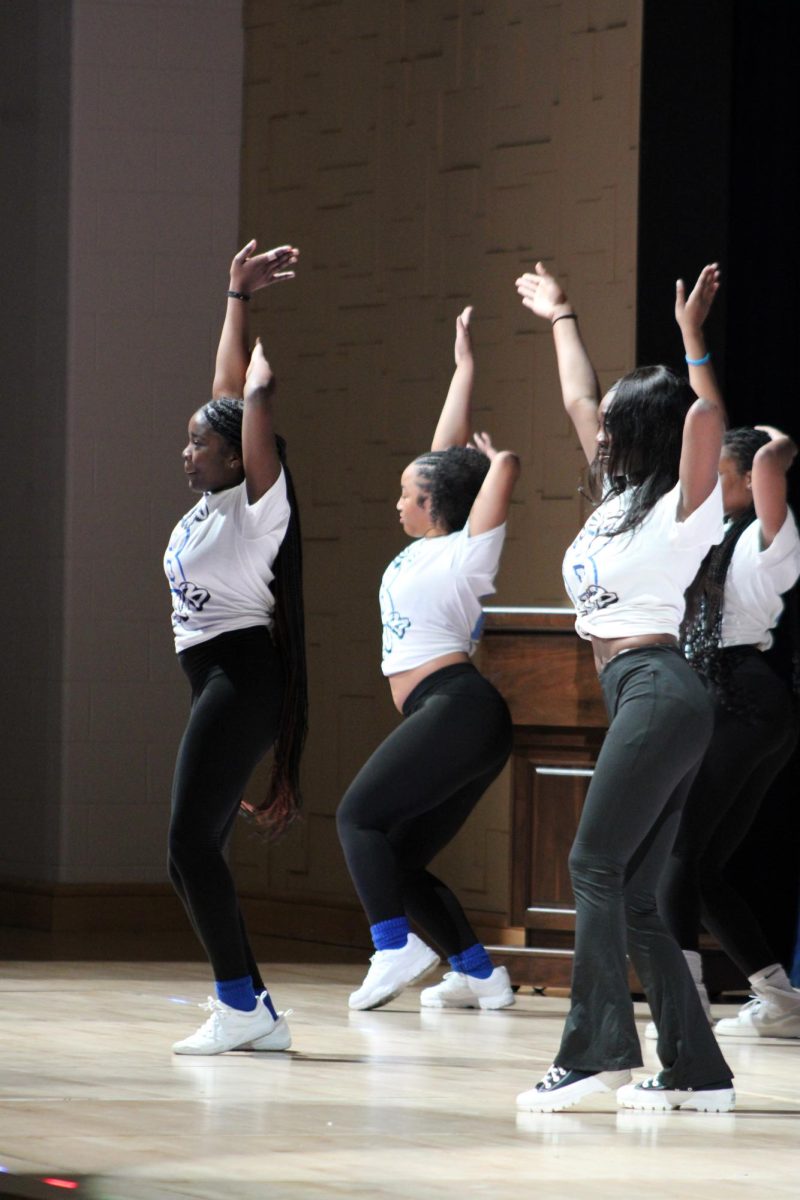
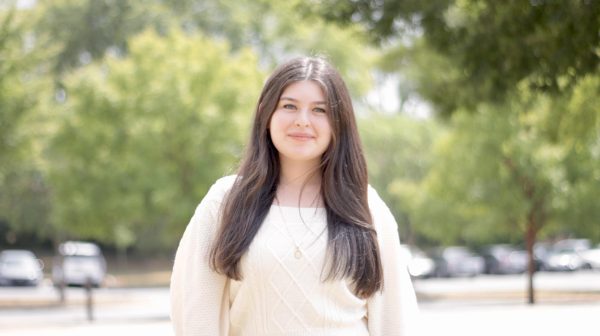
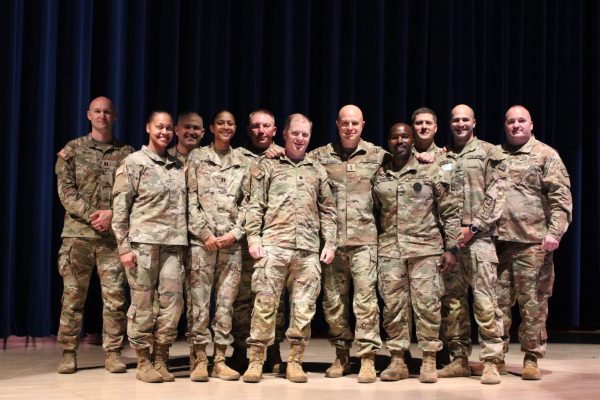
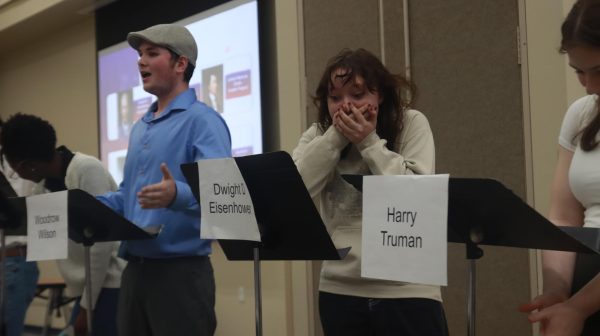
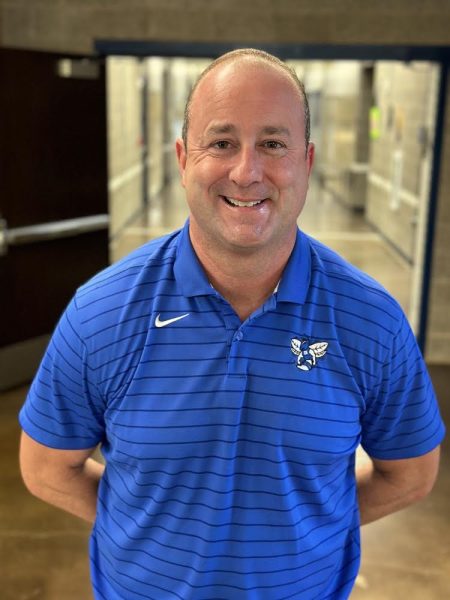
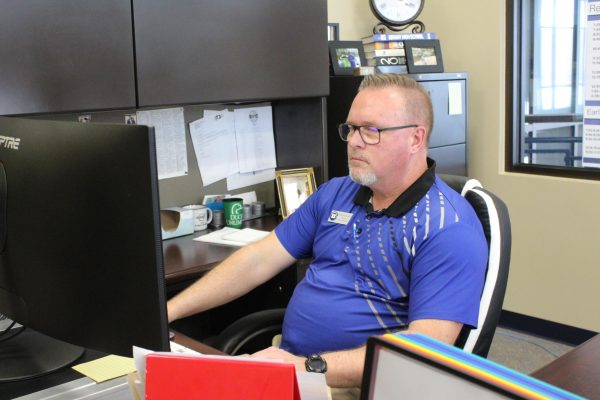
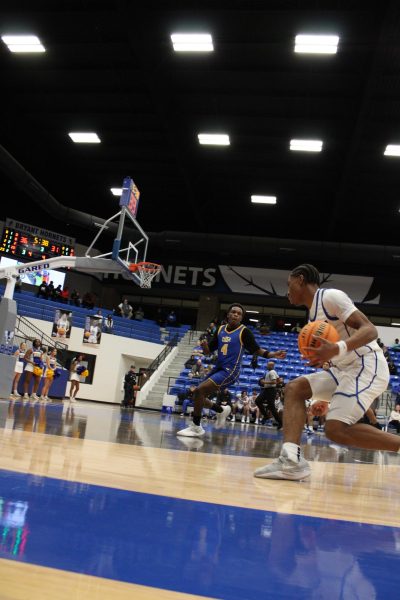
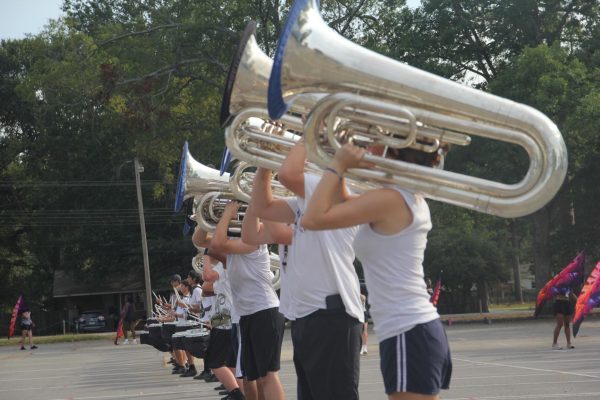

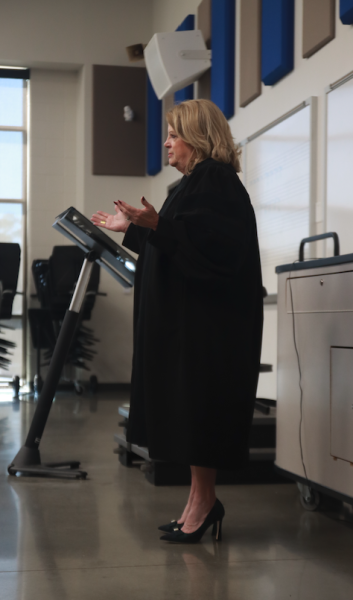
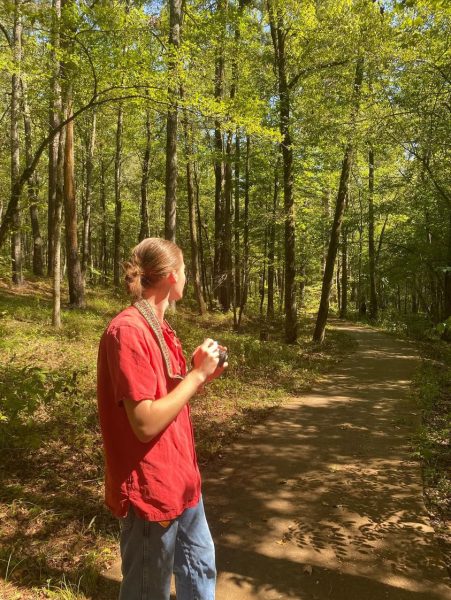

Dr. Sadler | Mar 9, 2017 at 11:56 am
Great article Dahlia! Math + Poetry = Awesome Creativity! Submit poems to [email protected] by April 15 for Volume 4!